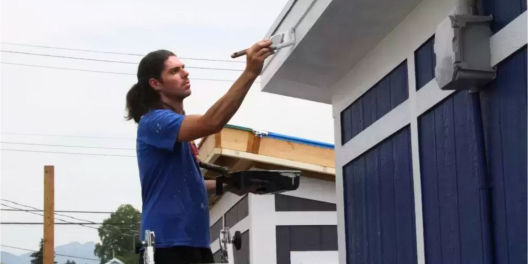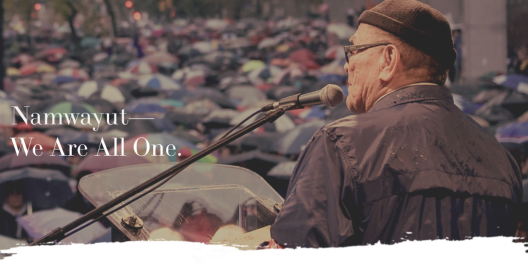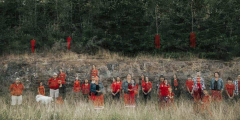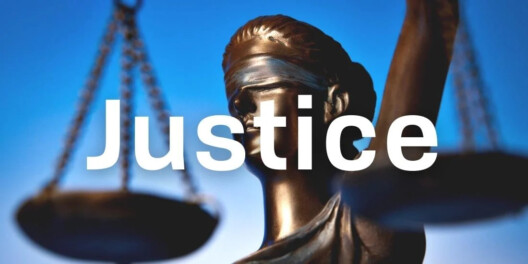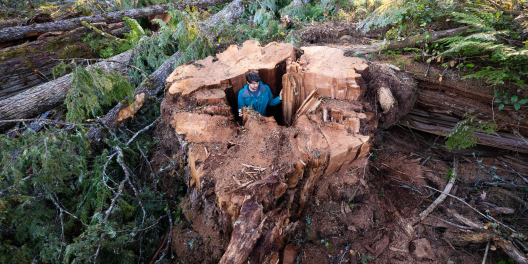On May 31, children from Vancouver Island to Cape Breton wore orange to honour the memories of 215 indigenous children whose remains were discovered in a mass grave near the former Kamloops Residential School. The news from Tk’emlups te Secwépemc First Nation in Kamloops horrified Canadians coast-to-coast. It also showed how far Canada still needs to go on the path to reconciliation and reckoning with a dark chapter in this country’s history.
Over a period of 100 years, more than 160,000 indigenous children across Canada were forcibly removed from their homes and sent to one of 100 residential schools that operated in Canada. They were prohibited from speaking their native languages and practicing their culture. In addition, they were often subjected to physical, sexual and emotional abuse. At least 2800 children died at these schools.
And this is relatively recent history. The last of the five residential schools that once operated on Vancouver Island closed only in the 1980s. The National Centre for Truth and Reconciliation documented that 202 indigenous kids died at Island residential schools. But these are only the deaths we know about. There are dozens of other unaccounted-for fatalities, students who succumbed to violence and neglect at the schools and were buried anonymously, or who died later because of the emotional and physical trauma they endured.
One of those Island residential schools was St. Michael’s in Alert Bay. The Anglican Church of Canada first opened a day school at its mission on Cormorant Island in 1878. In 1929 the large red brick institution that became the residential school was constructed. For the next 45 years, hundreds of children from Haida Gwaii, Prince Rupert, Bella Bella, Bella Coola, Campbell River, and Alert Bay attended this school. But, shamefully, the government stripped them of their culture, language and sense of identity.
One of them was Dr. Robert Joseph, hereditary chief of the Gwawaenuk First Nation and Ambassador for Reconciliation Canada. The government took him to the school at age 6, a confused and frightened child. In 1947, during his time there, two dozen kids escaped. A subsequent investigation into poor conditions at St Michael’s led to the resignation of the principal and vice-principal. But, for Joseph, the damage had already been done.
“I left there (and) I was totally broken … no sense of value, no sense of purpose,” Joseph said in a 2014 interview.
St. Michael was closed for good in 1974. But the building remained as a stark reminder to the ‘Namgis people of Alert Bay. Finally, in 2015, St Michael’s survivors and politicians gathered for a healing ceremony to mark the demolition of the building.
The demise of St. Michael’s is paralleled by an important healing journey for the ‘Namgis that began in 1980, with the opening of the U’mista Cultural Centre. The centre houses artifacts reclaimed after years of cultural repression, most importantly items confiscated by the government between 1885 and 1951 when the important potlatch ceremony was banned. The U’mista Centre, which today houses a modern museum, art gallery and space for cultural education, helped trigger a movement across Canada to repatriate cultural artifacts stolen from indigenous people.
Nearly 50 years after St. Michael‘s was shut, the post-residential school healing journey continues for Alert Bay and countless other First Nations communities across Canada.
The news from Kamloops confirms this, and it strikes close to home for Adam Olsen, MLA for Saanich North and the Islands. He is a member of the Tsartlip First Nation near Victoria. Olsen’s grandparents, great aunts and great uncles are survivors of the Kuper Island Residential School.
In an emotional address to the BC Legislature last Monday, the Green Party MLA called out Premier John Horgan for referring to the Kamloops discovery as a “tragedy of unimaginable proportions.”
“This story is not shocking, nor is it unimaginable… the only reason to call it unimaginable would be because these institutions, these crown governments, federal and provincial governments, people that populate these chambers in the past either haven’t been listening to our stories, or they’ve cared less,” Olsen said. “For 30 years, my relatives have been sharing their experiences from these despicable institutions. For 30 years, those stories have been hushed.”
As indigenous and non-indigenous Canadians try to come to terms with this tragedy, it’s a time for reflection, empathy, and recognition that the atrocity of the residential school system is still an open wound.

